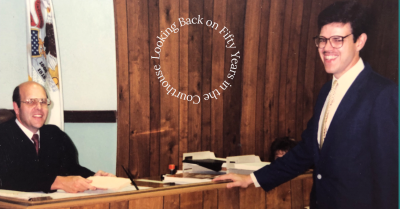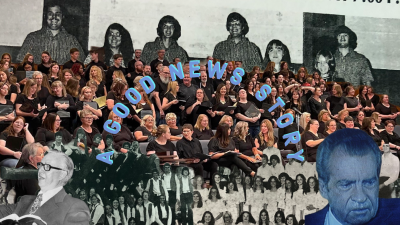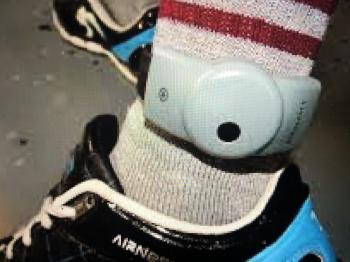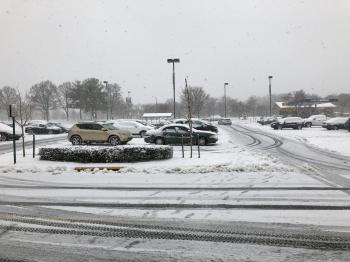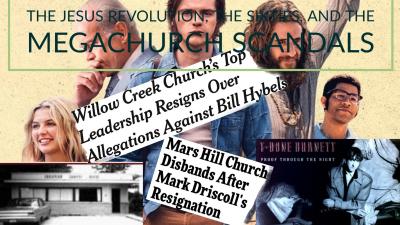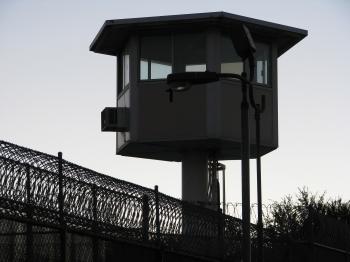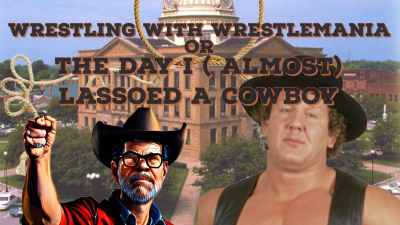Users Who Spiked

AN EARTH DAY STORY
Private Notes
Private Notes
Notes
April 22, 1970 was declared, by a joint resolution of the U.S. Congress to be the first Earth Day. It represents,in many ways, the U.S. governments initial involvement in environmental concerns. Shortly after that day of protests, demonstration, "teach-ins" and other kinds of activism, the Environmental Protection Agency was created, the Clean Air Act and Clean Water Act were passed.
Representatives of both political parties signed on to the resolution, which called for raising public awareness of the effect of human activity on the environment by public education. A year later, I was in the sixth grade at Adams School in Lincoln. Our teacher, Jerry Bales,was one who liked to bring the issues of the day into the classroom. Even at the age of twelve, Mr. Bales exposed us to talk about the Vietnam War, racial discrimination, women's rights as well as the environment, or "ecology" as it was usually called at the time.
So it was not surprising that come Earth Day 1971, we found ourselves having a picnic on the far Western side of the Adams school grounds near the small, shallow sewage ditch locally known as Brainard's Branch. My recollection was that it was a beautiful warm spring day when we wrapped up hot dogs, potato chips and whatever extra goodies our mother's had packed for us to take along (in my case likely Hostess Twinkies or some variation on the LIttle Debbie line of confectionary baked goods) and hiked the 400-500 feet down the slope of the school's playground to the edge of the sewage ditch.
Apparently Mr. Bales, or perhaps the school administration, had convinced themselves that dining in the great outdoors,soaking in the sun, sitting on the long grass that bordered the Branch and inhaling the noxious odors emanating from the less than pure and potable waters of Brainard's Branch would serve an appropriate setting for a lesson in environmental education. Indeed, on the schedule that day was more than a mere picnic. Also on the agenda was an opportunity for all of us 6th graders to pick up the considerable trash and rubbish that had been discarded into the lot and, added by the wind, had been blown down to the tall grass and cattails that bordered the waters of the sewer ditch.
My memory is that we were happy to do this, added partially by a lessening of the usual school rules. Just for that day, we could bring along our cassette tape players and transistor radios. And as an added bonus, we got to wear shorts! What could be better than sitting in the tall grass in your cut off jeans and Chuck Taylors, munching on school cafeteria hot dogs and Twinkies while jamming to the bodacious sounds of the Partridge Family and Paul Revere and the Raiders!
We finished up our Twinkies and Mr. Bales and his designated student assistants set about handing out the Hefty bags that would serve as the receptors for the trash that would act as our introduction to man's destructive tendencies towards Mother Earth. We then descended upon the border of the sewer ditch, soon to be restored to its pristine state, just as it had originally existed before we careless humans fouled it with paper and cardboard, metal cans and styrofoam inserts.
That industrious team of twelve year olds make quick work of the mess our less conscientious elders had tossed into this natural garden of wonders. We quickly stuffed the Hefty's full of the throw away remnants of someone's afternoon snack or road drinking adventure. My job, as an ace investigative reporter for the schools newspaper was to document the good-doing for posterity and we had a photographer along to make sure there was a visual record of it as well.
As we neared completion of the task, for some reason I began to feel an ache inside that despite our best intentions, what we were doing was not going to make a big enough impact on the world. I had read with great zeal the stories in the Scholastic Weekly Reader of the great harm caused by towering smokestacks belching all manner of filth into the air, of Lake Erie actually catching fire because of the chemicals perpetually dumped into its stagnant waters, of the habitats of all manner of endangered species being destroyed by the encroachment of ever growing landfills of human waste slowly taking over their precious habitat.
Somehow it seemed to me that our little project would pale in comparison to the shocking photos of environmental destruction we saw in the Weekly Reader and the nightly news. But what could we do, the scene at the sewer ditch just wasn't all that shocking in comparison?
In a flash of brilliant insight, suddenly it came to me. All that trash didn't look so bad when it was scattered over the quarter mile or so of creek bank we had covered. But what if all of it was concentrated in one little spot? That would surely open some eyes to the ecology problem!
What if we were to dump the trash onto the creekbank of Brainard's Branch just long enough to take a few eyebrow-raising photos, and then scoop it all back into the bags? I told the photographer about my idea and he was down with it! We whispered it into the ears of those carrying the Hefties and they were game as well. Now all we had to do was get Mr. Bales distracted long enough to pull off our well intended scam.
I'm afraid 52 years of dying grey matter has left me unable to remember how we did it but somehow we kept Mr. Bales away from the dump site long enough to empty all the bags down the side of the creek bank, snap the photos and then get the evidence back into the bags (well most of it anyway).
The next edition of the Adams school paper featured the shocking photos of the colossal littering problem plaguing the natural beauty of our neighborhoods favorite sewer ditch. Undoubtedly, many a conscience was stirred to action by our expose'. It would take some time and hopefully some maturing, before our own consciences were stirred by whatever other issues might have been raised by our adventure.






















